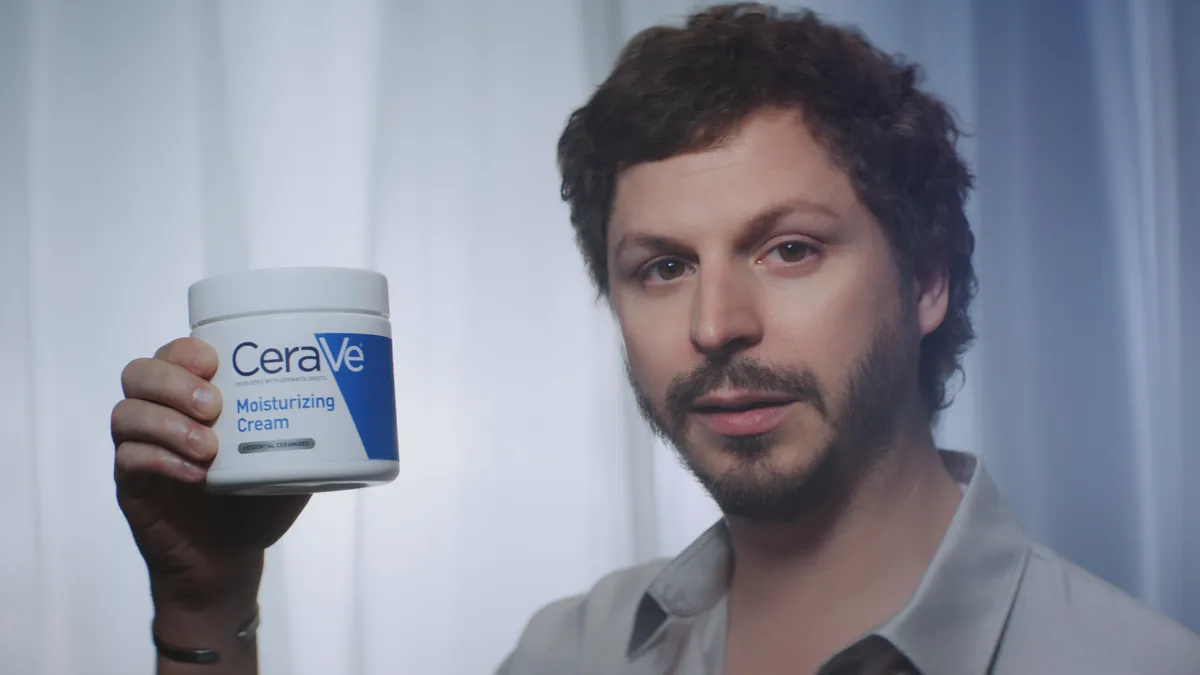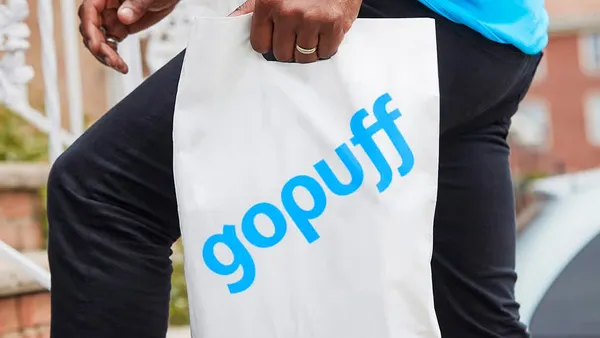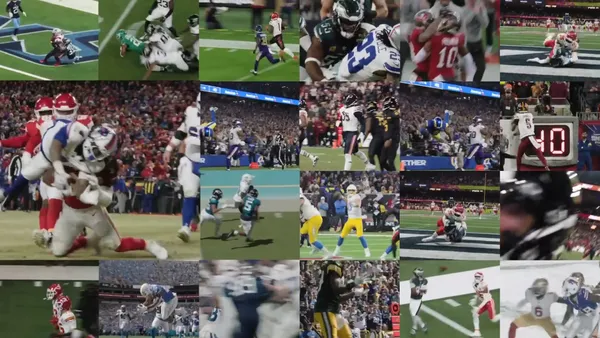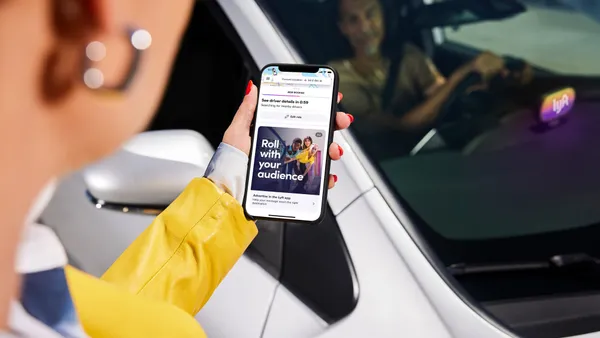Dive Brief:
- Thirty-four percent of insurance brands' ad impressions from March 2016 to March 2018 were placed on low-quality sites, according to findings from a new Gartner L2 report provided to Marketing Dive. The report, titled "Programmatic Advertising, The Fight for Brand Name Safety," analyzed the digital advertising strategies of 49 insurance brands.
- The insurance sector increased its spend on static ads by 91% from March 2017 to March 2018 in response to potential threats to brand safety. Of the ads found on low-quality sites, 22% were on mobile. By Q1 2018, insurance brands purchased about 80% of mobile static impressions directly, and 82% of desktop. Low-quality ad impressions decreased 34% year-over-year in March following the increase in direct purchasing.
- Thirty percent of insurance brands reported increases in low-quality ad inventory after large brands pulled out of ad exchanges. Larger brands, like Allstate and State Farm, decreased low-quality ad impressions on mobile by 12%, while others, including MassMutual and MetLife, saw a 10% increase in impressions. MassMutual had a 26% increase in low-quality ad impressions, according to Gartner L2.
Dive Insight:
Marketers have been embracing programmatic strategies to create more efficient, cost-effective digital campaigns, but the Gartner L2 findings underpin how such strategies often sacrifice control over where ads appear on online. The push toward direct purchasing, where there's more visibility into where ads will run and more direct relationships with publishers, continues to be an appealing solution to ensure quality placements, as evidenced by the dip in low-quality impressions featured in the report.
The marketing industry has broadly moved to adopt more direct and private programmatic marketplaces as opposed to open exchanges. Last fall, the ad tech firm Rubicon Project partnered with Google's DoubleClick Bid Manager — which recently rebranded as Google Ad Manager — to integrate its Private Marketplace deals directly into Google's interface, for example.
However, Gartner L2 suggested the shift toward direct purchasing may only be an option for larger brands that can afford it. Direct buys are usually more costly and lack the efficiency and automation of some programmatic strategies.
Amid a push for greater transparency in the digital ad space, 65% of marketers that purchase ads programmatically have also either moved parts or all of their programmatic functions in-house, according to a recent analysis by the Interactive Advertising Bureau. Insurance brands Geico and Progressive, among the top five digital advertisers in the U.S., were early investors in in-house programmatic ad purchases, according to the Gartner L2 research.













